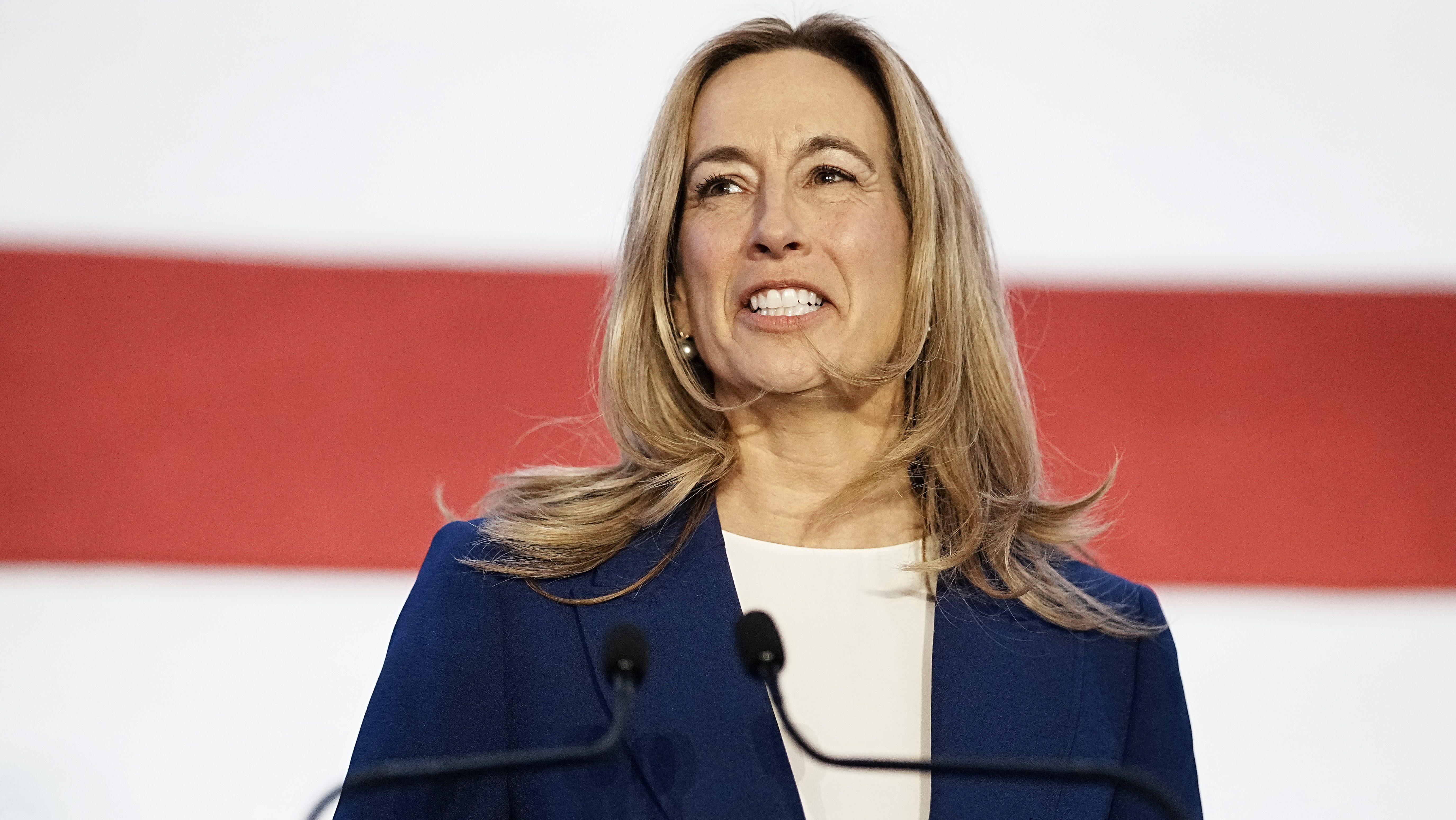The Colorado Rockies are hiring Paul DePodesta of “Moneyball” fame from the NFL‘s Cleveland Browns to run baseball operations, a person with knowledge of the move told The Associated Press.
The person spoke to The Associated Press on condition of anonymity Thursday because the move has not been announced by the team.
DePodesta, who inspired Jonah Hill’s character in the movie “Moneyball,” returns to baseball after nearly 10 years with the Browns. He was named Cleveland’s chief strategy officer in 2016.
During his nearly 20 seasons in MLB, he was the only executive to win divisional titles with five different organizations — the New York Mets, San Diego Padres, Athletics, Los Angeles Dodgers and Cleveland.
He takes over for Bill Schmidt, who stepped down following a 43-119 season that flirted with the worst all-time mark in MLB history. The Rockies are in need of a transformation after becoming the first team with three straight 100-loss seasons since Houston in 2011-13.
In his nearly 10 seasons with the Browns, DePodesta did not make personnel decisions but worked with the front office and coaching staff on targeting players during free agency in March and the NFL draft in April.
The Browns were 57-101-1 during DePodesta’s tenure, including the playoffs, and their .362 winning percentage was fourth lowest in the league. There were two playoff appearances, but also a 1-31 stretch in 2016 and ’17. The 2017 squad was 0-16, the third winless franchise in NFL history since 1976.
In 2020, he headed the search that led to the hirings of general manager Andrew Berry and coach Kevin Stefanski. The duo made the playoffs in 2020, including the franchise’s first postseason win since 1994, and again in ’23.
While DePodesta’s processes helped in the selection of Myles Garrett in 2017 and Baker Mayfield one year later, he was also involved in the 2022 trade with Houston for quarterback Deshaun Watson that resulted in the Browns sending three first-round picks to the Texans.
DePodesta continued to live in La Jolla, California, and would commute occasionally to Cleveland.
DePodesta played baseball and football at Harvard, then began his baseball career in 1996 in Cleveland as an intern in player development. He was a major league advance scout in 1997-98 and later special assistant to the general manager.
In 1999, he joined the Athletics as assistant general manager to Billy Beane. He was a key figure in the 2003 book “Moneyball” about the A’s 2001 wild-card run, with author Michael Lewis writing, “Paul was a Harvard graduate. Paul looked and sounded more like a Harvard graduate than a baseball man.” In the 2014 movie by the same name, Hill played a fictional character, Peter Brand, who shared DePodesta’s analytical background but not his athletic one.
DePodesta parlayed his experience with the Athletics into a two-year stint as the Dodgers’ general manager. He then went to San Diego from 2006 through ’10, where he rose to executive vice president.
DePodesta came to the Browns from the Mets, where he was the vice president of player development and amateur scouting from 2011 through ’15. The Mets made the World Series in 2015 before losing to the Kansas City Royals.
Walker Monfort, the Rockies executive vice president, vowed at the end of the season to bring in a new voice from outside the organization and give them autonomy to take an updated look at how to turn around a franchise that finished 50 games behind the World Series-champion Dodgers in the NL West. The Rockies have never won a division title.
The move also comes before MLB’s general manager meetings begin on Monday in Las Vegas.
The first order of business for DePodesta will be deciding on a manager. The Rockies fired Bud Black in May after a 7-33 start and promoted Warren Schaeffer to take his place. Schaeffer went 36-86 the rest of the way as the Rockies narrowly avoided the worst mark in baseball’s modern era. Their 119 losses were tied with the 2003 Detroit Tigers for the third-most in a single season since 1901, slightly in front of the 2024 Chicago White Sox (41-121) and the 1962 Mets (40-120).
One positive about a season gone sideways is that Colorado’s youth gained some experience. There were a franchise-record 13 players that made their major league debut.
Another big decision will be what to do with slugger Kris Bryant, who was limited to 11 games this season as he dealt with a back ailment. Bryant has played in only 170 games with Colorado because of an assortment of injuries since signing a $182 million, seven-year contract before the 2022 season.
DePodesta may need to find creative ways to turn Coors Field into a home-field advantage. The Rockies were 24-56 in the Mile High City, the most losses in franchise history. Their 4.56 runs per game at home were their fewest in franchise history, edging last season’s mark of 4.89.
The Rockies posted a minus-424 run differential, surpassing the minus-349 mark held by the 1932 Boston Red Sox for the the the worst mark in the modern era.
AP sports writer Pat Graham in Denver contributed to this story.

Want more insights? Join Working Title - our career elevating newsletter and get the future of work delivered weekly.











